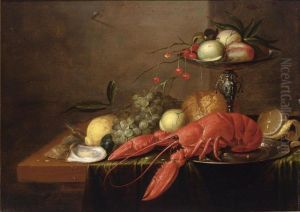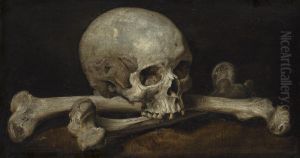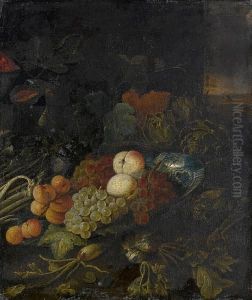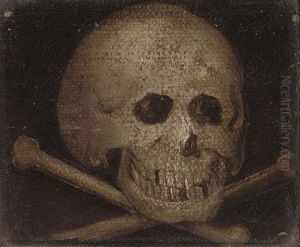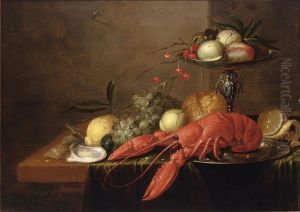Philips Gijsels Paintings
Philips Gijsels, also known as Philips Gysels or Philips Gijssels, was a Flemish Baroque painter born in Antwerp in 1621. His exact date of death is not well documented, which is not uncommon for artists of that period. Gijsels is primarily known for his landscape paintings, which often incorporated elements of the Italianate style—a trend that was popular among Flemish artists who had traveled to Italy and were influenced by the scenery and art they encountered there.
Gijsels' work is characterized by its pastoral themes, depicting serene countryside scenes with small human figures and sometimes including animals. His landscapes frequently featured a warm palette and a skillful use of light, which helped to create atmospheric and idyllic representations of nature. Although not as widely recognized as some of his contemporaries, Gijsels' contribution to the genre of landscape painting was notable, and his works were appreciated for their charm and technical proficiency.
The artist is believed to have been active in Antwerp, which was a significant center for the arts in the 17th century. The city was home to the Guild of Saint Luke, an association of painters, sculptors, and other artists, and it is likely that Gijsels was a member or had some affiliation with this guild. However, due to the scarcity of records, details about his life, training, and potential travels within Europe remain obscure.
Despite the limited biographical information on Philips Gijsels, his paintings have survived, allowing art historians to piece together a sense of his style and contributions to the art world. His works can be found in various art collections and have been sold in art auctions, demonstrating that his artistic legacy continues to be recognized and appreciated even if many specifics about his life and career remain elusive.
